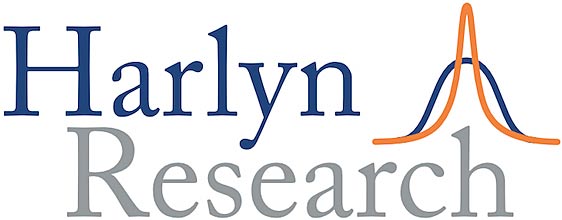FOMO can be rational
Friday, July 5th, 2024“Probability of unacceptable losses in US equities less than 3%”
Sometimes it helps to look at the world from another perspective. Most institutional investment regard risk as a cost, something which must be used efficiently. But there is another approach, which views volatility as something which enables high returns, which should be accepted, provided that the asset can be sold when losses are worse than those which are predicted from the distribution of returns. This view is typically associated with retail investors and the benchmark asset for comparison purposes is normally cash. If we use this approach, based on data for the last four quarters, we find that the probability of incurring unacceptable losses in US Equities is less than 3%. Sure, it’s a short data set, but with numbers like this, FOMO can be rational.
PURCHASE ALL ACCESS PASS
Already hold an All Access Pass? LOG IN
